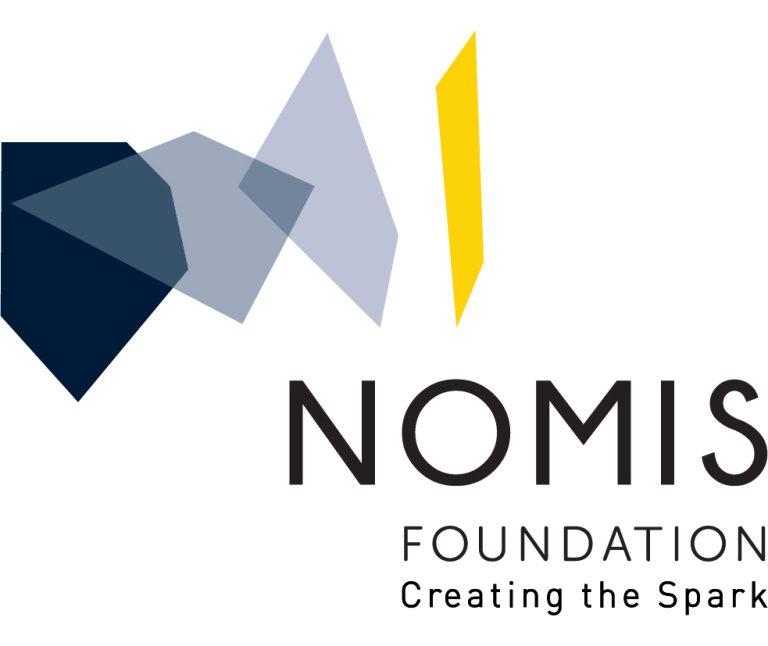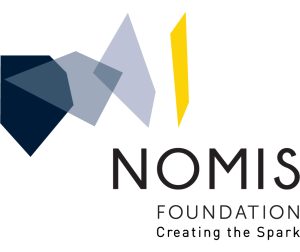Despite decades of extensive research, the most prevalent neurodegenerative diseases — Alzheimer’s disease and vascular encephalopathy — remain essentially untreatable, and the fundamental mechanisms of neurodegeneration have yet to be discovered. Based on past experience, progress may come through the deployment of novel technologies — particularly by taking advantage of unbiased, hypothesis-free paradigms.
The project, entitled Exploring the Locales of Cognitive Decline: Cellular and Molecular 3D Atlases of Brain Pathology in Aging and in Neurodegeneration, proposes the combining of high-content three-dimensional morphology with sophisticated fluorochrome chemistry and molecular methods of genome interrogation/perturbation. These techniques will enable the creation of detailed atlases of the cell types that drive damage in various models of neurodegeneration.



